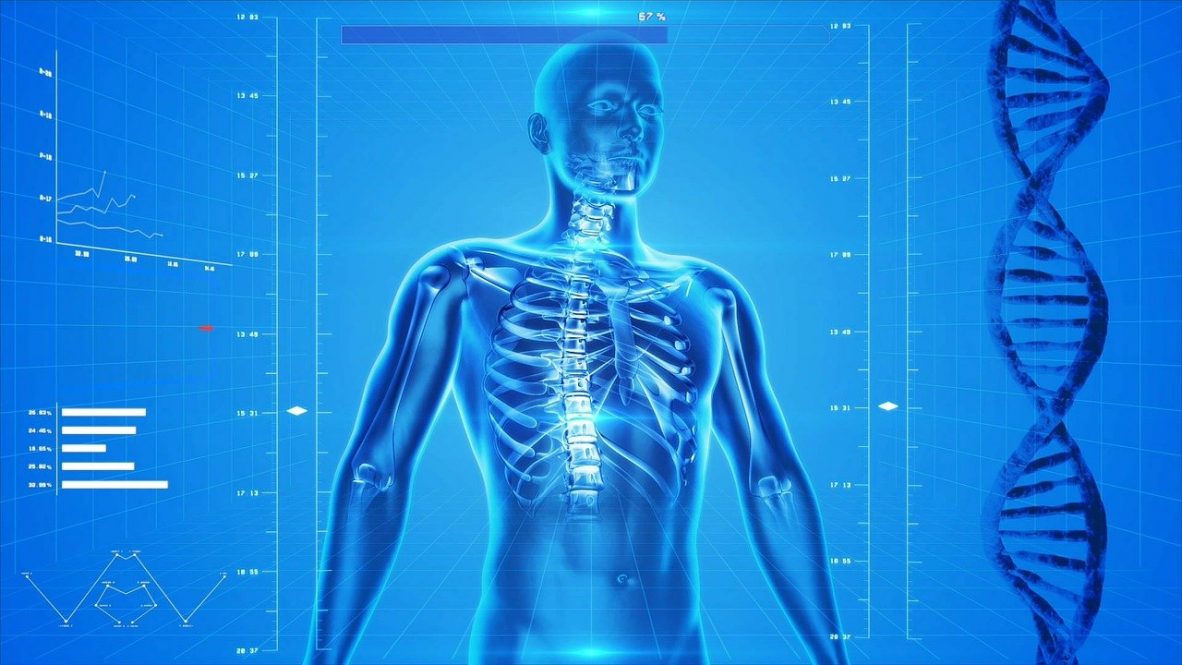Associate Professor of Medicine Anne Delany has received a $2.2 million grant from the National Institute of Arthritis and Musculoskeletal and Skin Diseases to investigate the role of a specific RNA molecule in normal bone physiology and the skeleton’s response to the glucocorticoids.
Endogenous glucocorticoids are steroid hormones that play an important role in bone physiology. But an excess of glucocorticoids, due to diseases such as Cushing’s disease, or most frequently, due to administration of glucocorticoids for the treatment of autoimmune disease, can result in weakened bones (osteopenia) and metabolic disorders. Because glucocorticoids play such a pivotal role in the body, glucocorticoid signaling is tightly controlled by multiple mechanisms.
microRNAs are small, non-coding RNA molecules that negatively regulate the expression of a broad array of genes. Delany and her team previously identified a specific microRNA (miR-433) as a negative regulator of glucocorticoid signaling.
They found that inhibiting miR-433 activity made cells more responsive to glucocorticoids. This means when it is normally functioning, miR-433 makes cells less responsive to glucocorticoids, which makes it an attractive target for developing bone-sparing strategies for patients experiencing glucocorticoid excess.
Osteoblasts are the cells responsible for bone formation. Decreased osteoblast function can result in bone loss and osteopenia. Delany also found that miR-433 is a negative regulator of osteoblastic bone formation. When Delany inhibited miR-433 in mouse models, the mice developed thicker bones as osteoblast function was not tempered as it normally would be.
With this new grant, Delany will further her research on osteoblast function and glucocorticoid receptor signaling by determining the specific genes and pathway regulated by miR-433.
“Glucocorticoid excess is the most common secondary cause of osteopenia, and tissue sensitivity to glucocorticoids is regulated by multiple mechanisms,” Delany says. “Understanding the interaction between osteoblastogenesis and glucocorticoid signaling is critical for the design of novel strategies to limit the adverse effects of glucocorticoid excess on the skeleton.”
Delany will identify miR-433’s specific targets in osteoblasts. She will also look to learn how, exactly, miR-433 limits glucocorticoid signaling at a molecular.
Knowing which genes and/or pathways miR-433 targets will provide better understanding of how this molecule functions and pave the way for the development of future therapies.
Delany holds a Ph.D. in biochemistry from Dartmouth Medical School. Her research focuses on the regulation of osteoblast gene expression by microRNAs and molecular mechanisms controlling bone remodeling.



